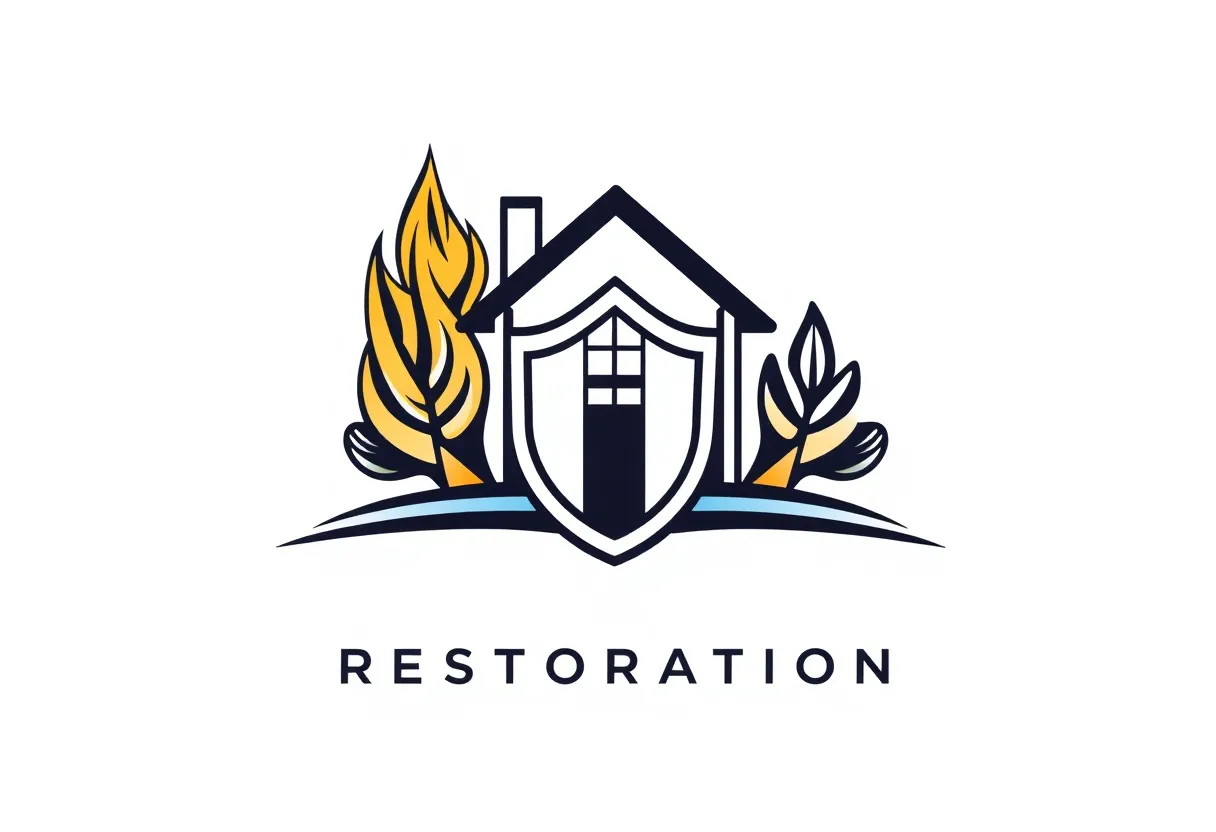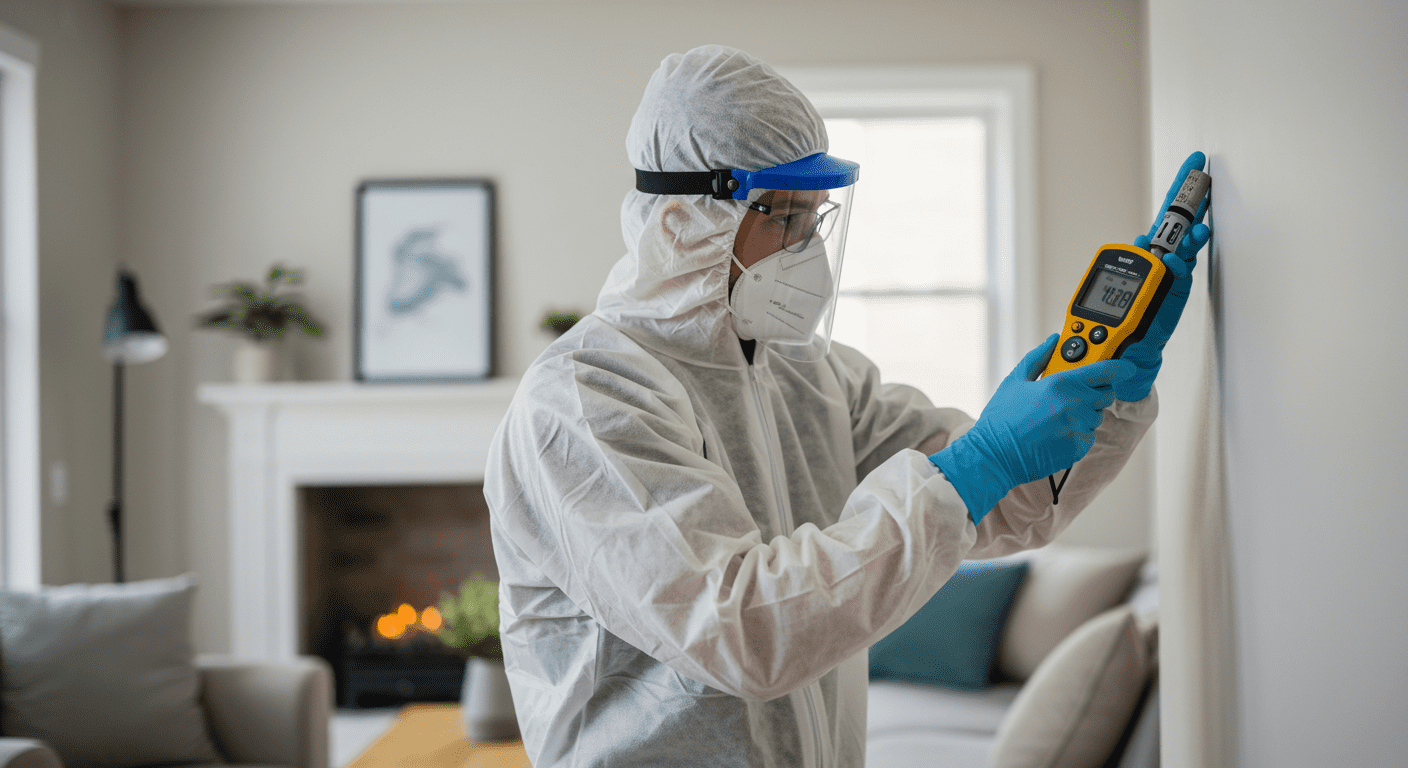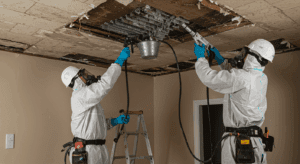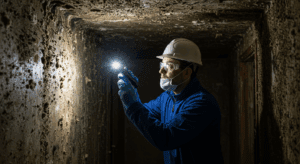Mold is a silent invader that can wreak havoc on your home and health if left unchecked. For homeowners in Sayreville, NJ, understanding how to detect and prevent mold is crucial for maintaining a safe and healthy living environment. This guide will walk you through everything you need to know about mold detection, from recognizing the signs to deciding between DIY and professional testing. Let’s dive in!
Understanding Mold: What You Need to Know
Mold is a type of fungus that thrives in damp, humid conditions. It can grow on various surfaces, including walls, ceilings, and even furniture. While some molds are harmless, others can pose significant health risks.
Health Risks Associated with Mold Exposure
Exposure to mold can lead to a range of health issues, particularly for individuals with allergies, asthma, or weakened immune systems. Common symptoms include respiratory problems, skin irritation, and headaches. Prolonged exposure can exacerbate these conditions, making it essential to address mold issues promptly.
Common Signs of Mold Presence in Your Home
Detecting mold early can save you from costly repairs and health complications. Look out for visible signs such as black or green spots on walls, a musty odor, or water stains. Mold often hides in damp areas like basements, bathrooms, and under sinks. If you notice any of these signs, it’s time to take action.
Why Professional Mold Inspection is Crucial
While DIY methods can help in some cases, professional mold inspection offers a more thorough and reliable solution. Experts use advanced techniques to identify mold, even in hidden areas.
Benefits of Hiring Experts in Sayreville, NJ
Professional mold inspectors in Sayreville, NJ, have the expertise and tools to detect mold accurately. They can identify the type of mold and assess the extent of the infestation. This information is crucial for effective remediation and prevention.
Advanced Techniques Used in Mold Detection
Experts use state-of-the-art equipment like moisture meters, infrared cameras, and air quality tests to locate mold. These techniques are far more effective than visual inspections alone, ensuring no hidden mold is left undetected.
DIY vs. Professional Mold Testing: Which is Right for You?
When it comes to mold detection, homeowners often wonder whether to opt for DIY testing or hire professionals. Each approach has its pros and cons.
Limitations of DIY Mold Testing Methods
DIY mold testing kits are readily available and can be a cost-effective option for minor issues. However, they often lack accuracy and may not detect mold in hidden areas. Additionally, interpreting the results can be challenging for non-experts.
When to Call a Professional for Mold Inspection
If you suspect a significant mold problem or have recurring issues, it’s best to consult a professional. They can provide a comprehensive assessment and recommend effective remediation strategies. Remember, early detection is key to minimizing damage and health risks.
Preventative Measures to Avoid Mold Growth
Prevention is always better than cure, especially when it comes to mold. By taking proactive steps, you can keep your home mold-free and ensure a healthier living environment.
Tips for Maintaining a Mold-Free Home
- Control Humidity Levels: Use dehumidifiers to maintain indoor humidity below 60%.
- Ensure Proper Ventilation: Install exhaust fans in bathrooms and kitchens to reduce moisture.
- Fix Leaks Promptly: Address plumbing and roof leaks immediately to prevent water accumulation.
- Clean Regularly: Wipe down surfaces prone to moisture, such as bathroom tiles and kitchen counters.
Importance of Regular Inspections and Maintenance
Regular home inspections can help identify potential mold issues before they escalate. Consider scheduling annual inspections with a professional service in Sayreville, NJ. Routine maintenance, such as cleaning gutters and sealing windows, can also go a long way in preventing mold growth.
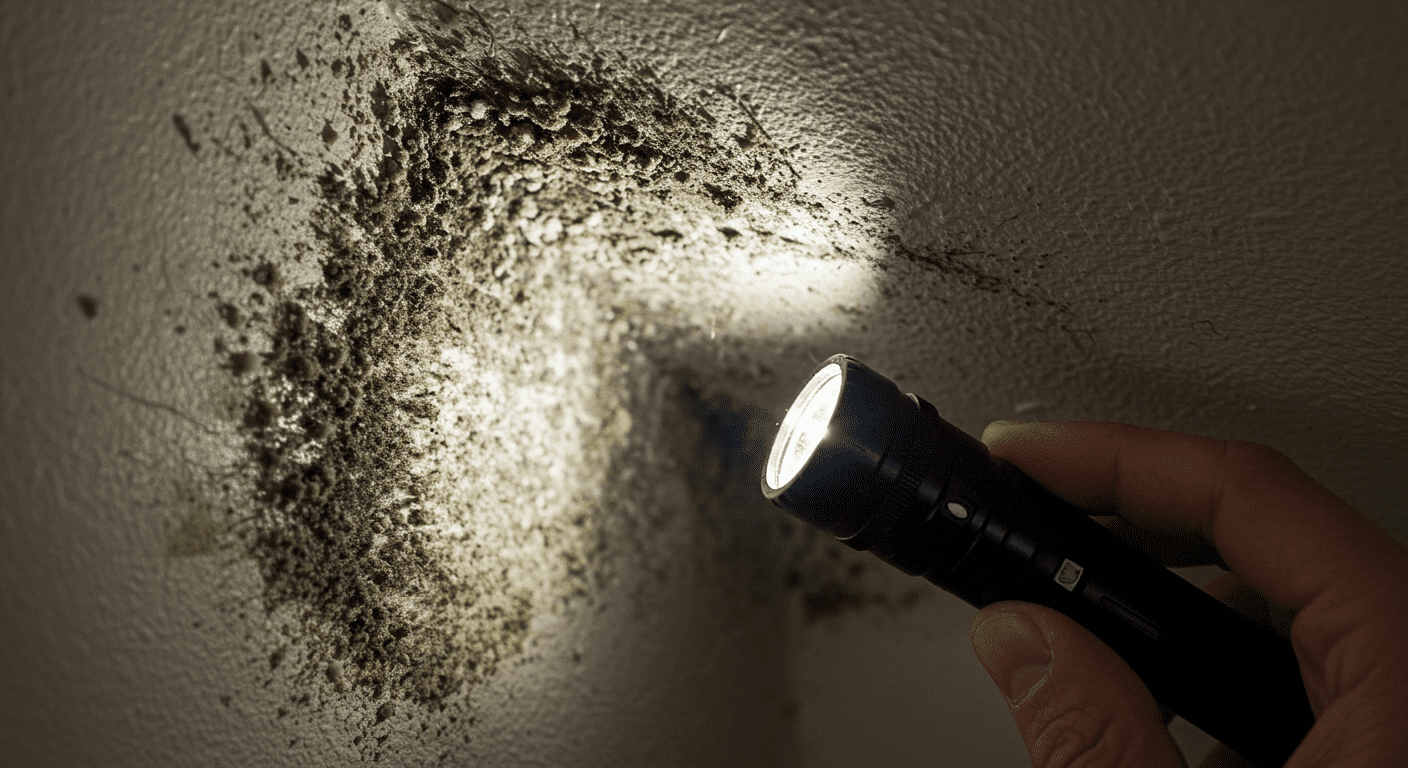
Additional Resources for Mold Prevention and Remediation
For more information on mold prevention and remediation, check out these helpful resources:
- Comprehensive Guide to Water Damage and Mold: Prevention, Coverage, and Restoration
- The Best Way to Kill Mold: Effective Techniques and Prevention Tips
- Top Mold Removers in Trenton, NJ: Expert Solutions for a Mold-Free Home
Detecting mold in your house is not just about maintaining aesthetics; it’s about safeguarding your health and well-being. Whether you choose to tackle the issue yourself or hire professionals, the key is to act swiftly. By following the tips and guidelines outlined in this article, Sayreville, NJ, homeowners can create a safer, healthier living environment for themselves and their families.
